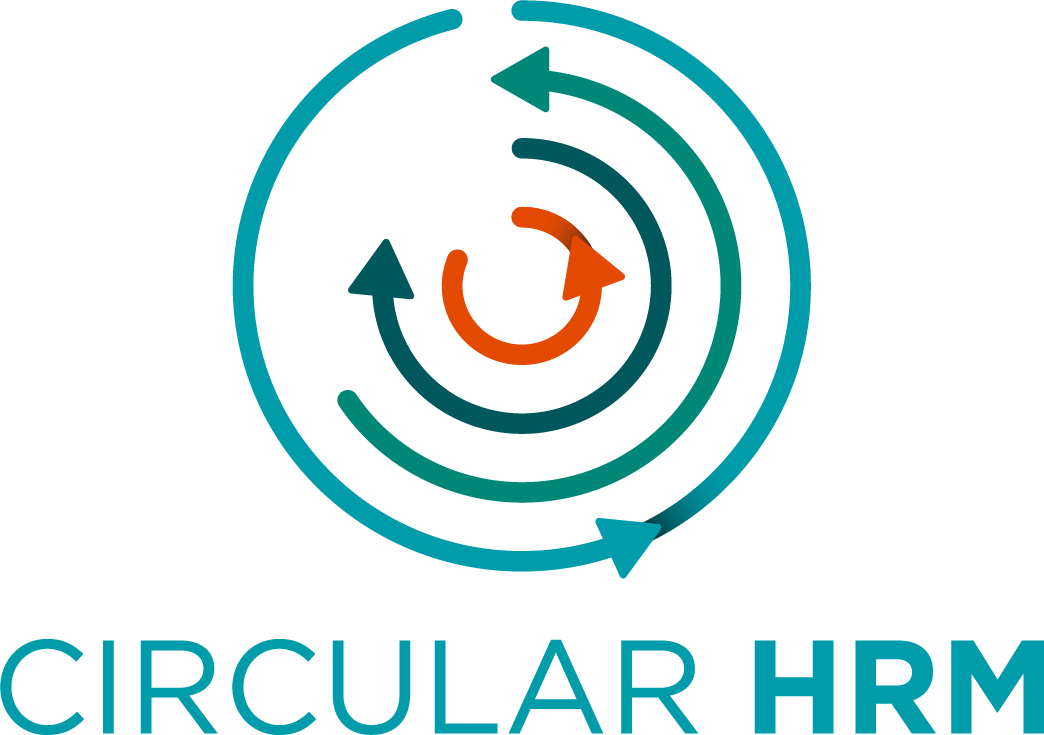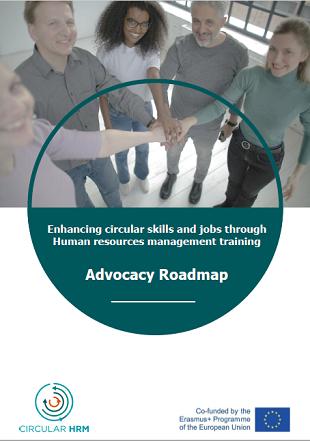Advocacy Roadmap
Take, make, consume, throw away.
This is the formula on which our current economy model is based. This approach has introduced unprecedented pressure on our natural resources and on our ecosystems. Conversely, a circular economy aims to create positive value loops by increasing, at each stage of a product’s lifecycle, the efficiency of the use of those resources. In this sense, circularity aims to reduce, as much as possible, the environmental impact of resource use and to improve the overall wellbeing of individual citizens.
In December 2015, The European Commission adopted its first Circular Economy Action Plan1, to accelerate Europe’s transition towards a circular economy, boost global competition and promote sustainable economic growth and create new jobs, proposing 54 measures to “Close the Loop” of the product life cycle, from production and consumption to waste management and the raw materials market. In 2019, the European Commission declared that the “54 actions have been delivered, even if the work on some of them continues beyond 2019”. The evaluation of this action plan revealed the creation of new jobs, particularly in the sectors of the circular economy (reuse and recycling) where 4 million workers were registered in 2016, an increase of 6% compared to 2012. The Commission estimates that the so-called "circular" activities, such as repair, reuse and recycling, generated around 147 billion euros in added value, whereas they represented 17.5 billion euros in investments.
Download the Advocacy Roadmap in PDF format
.



